Published Apr 28, 2020
The 7 Strangest Real-Life Species Named After Star Trek Characters
Seek out new life – inspired by names from the Federation and beyond
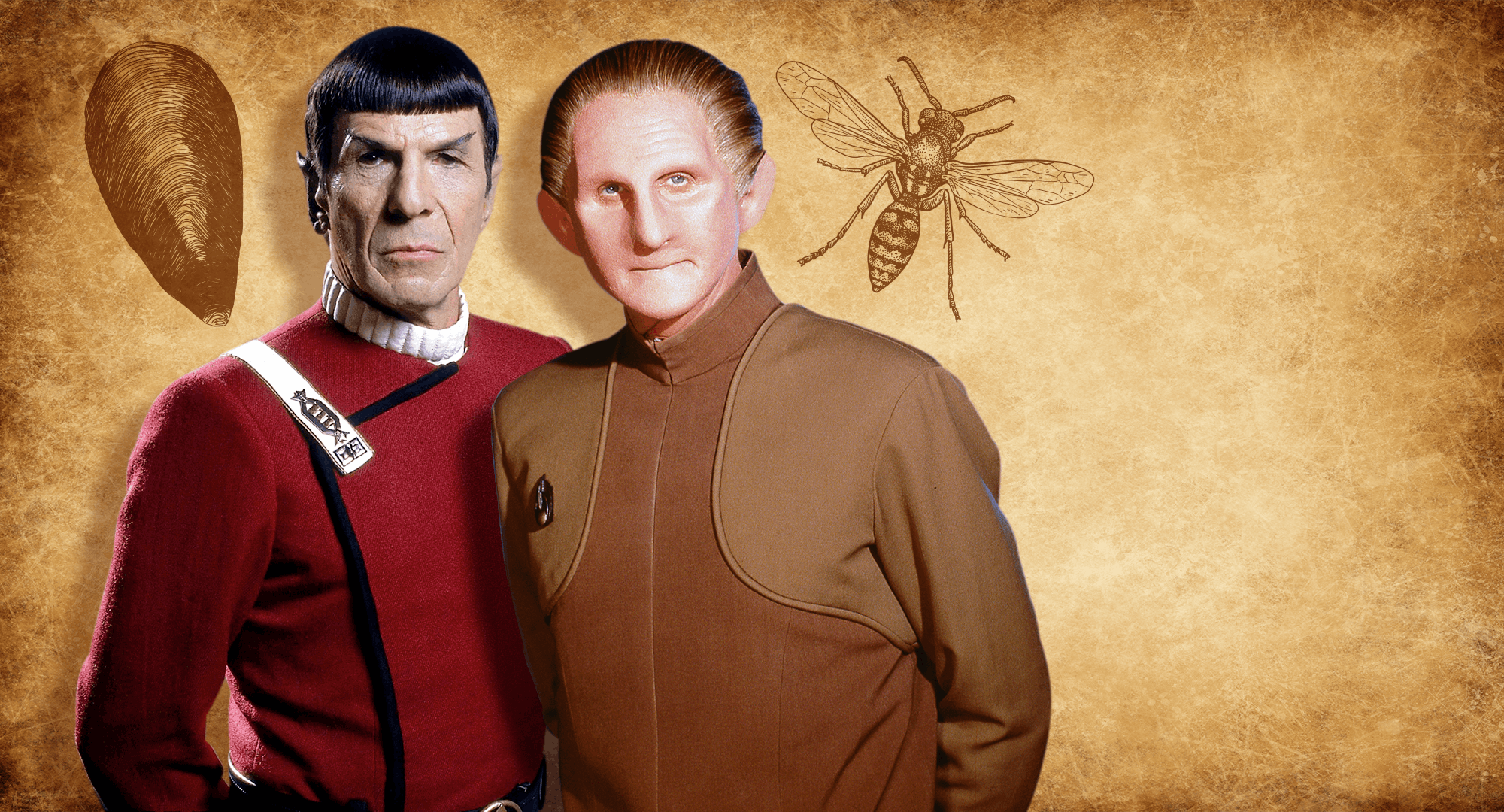
StarTrek.com | Shutterstock/siro46/friendly.label/Bodor Tivadar
From Ferengi to Flaxian, Vulcan via Vidiian, and Klingon through to Cardassian, Star Trek has beamed the universe’s most memorable species onto screens. However, fans needn’t travel outside the Alpha Quadrant to make first contact with aliens from the show! Well, at least species named after aliens from Star Trek.
Ever since Gene Roddenberry’s seminal sci-fi series blasted off in 1969, scientists across Earth have been naming newly-discovered species after the franchise’s characters and cast. Which animals share names with Star Trek’s most beloved and why? We’ve energized the etymology behind seven real-life Star Trek species into one handy databank below.
Ledella spocki (named after Mr. Spock)
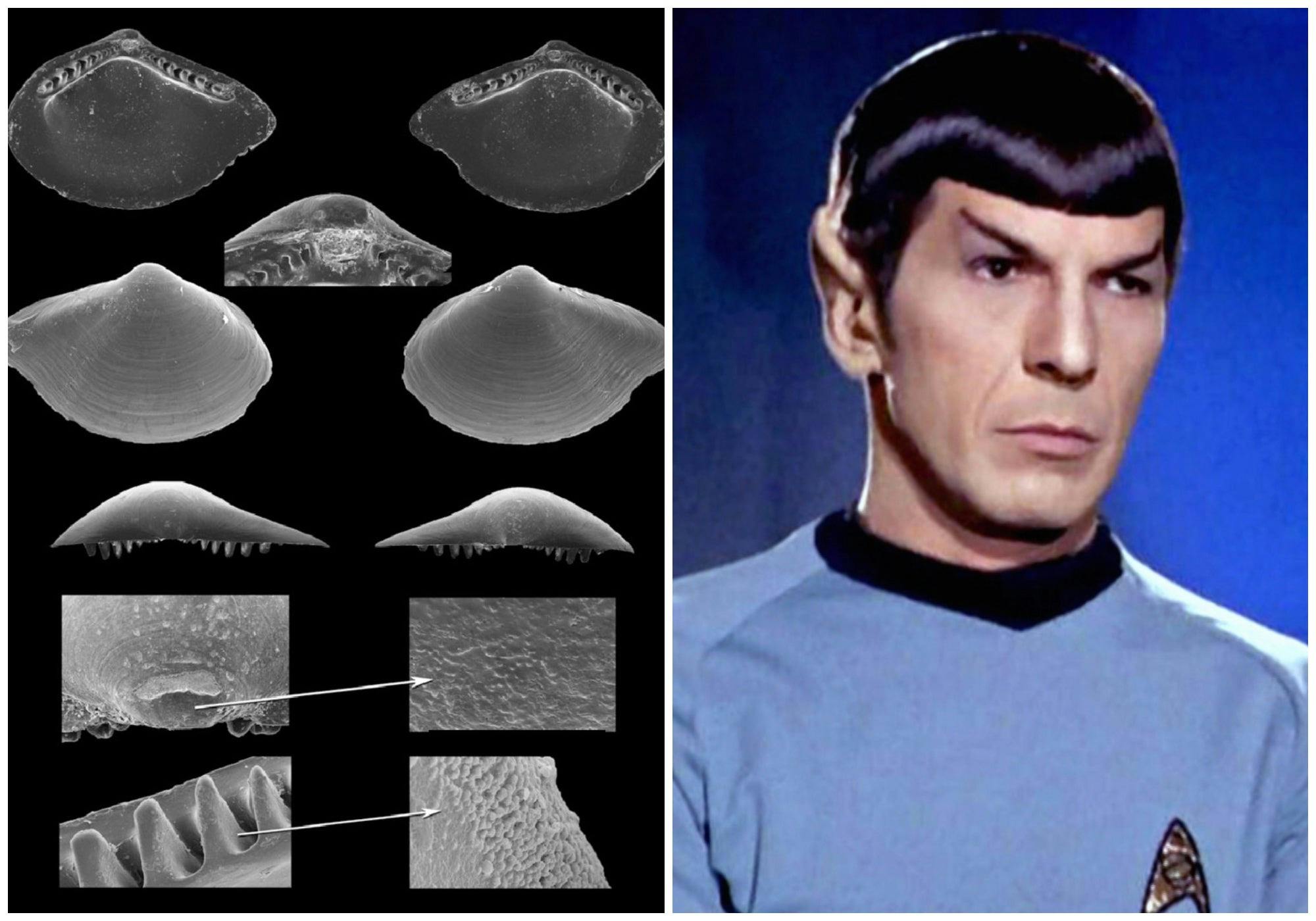
StarTrek.com
At first, naming a mussel after Leonard Nimoy’s Science Officer may seem highly illogical. However, when tasked to title a newly-discovered mollusk in 2014, Spanish researchers led by Dr. Diniz Viegas opted to pay homage to Spock. The reason? They noted the shape of the mussel's valves resembled the pointed ears of Star Trek’s most famous human-Vulcan hybrid.
Don’t expect to find one easily, though. There are very few spocki on Earth, with the mollusks only found in Campos Basin, a region off the coast of Rio de Janeiro, Brazil. However, while small in numbers, there are no signs the species could die out soon. Expect them to live long and prosper for generations to come.
Phanuromyia odo (named after Odo)
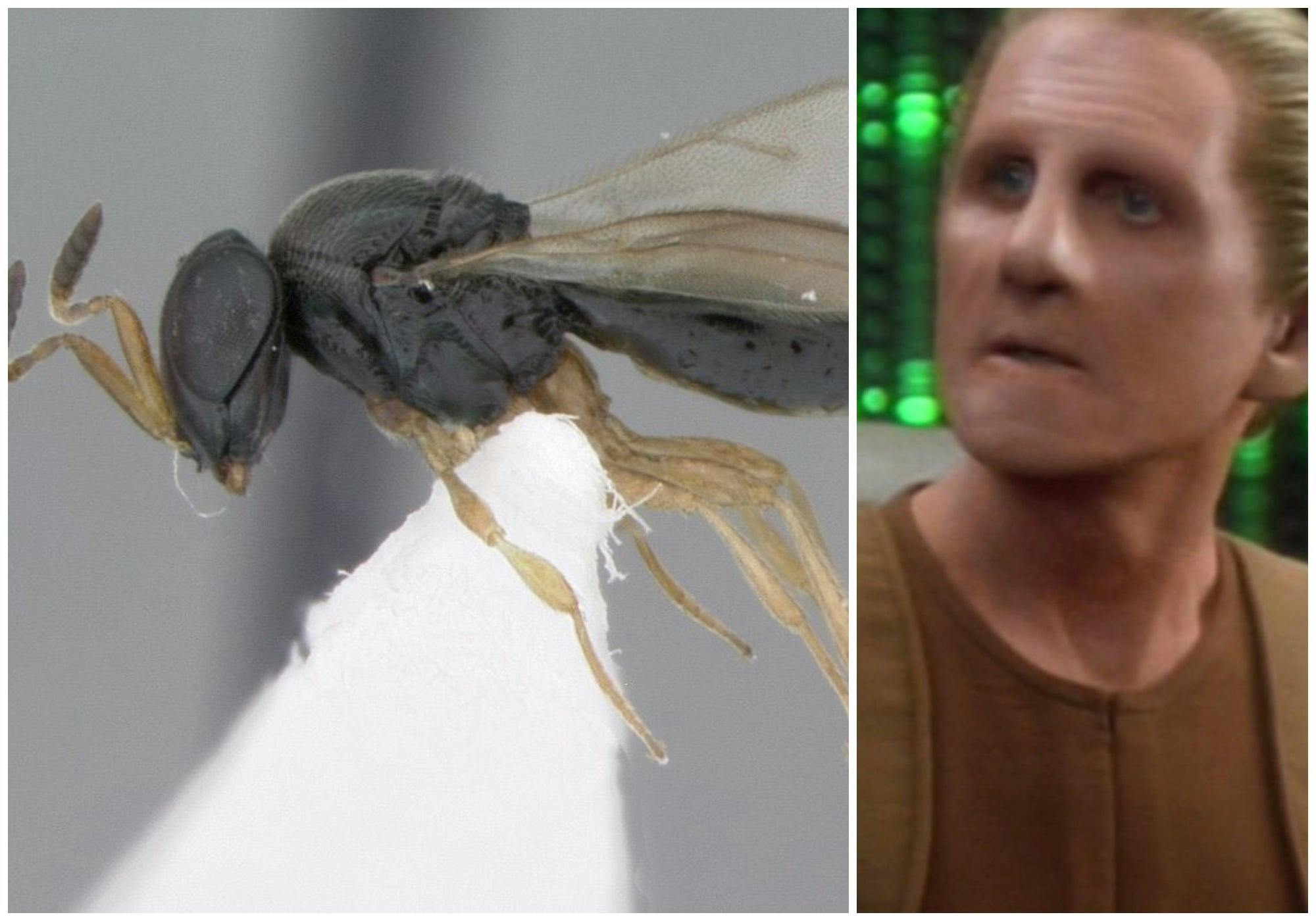
StarTrek.com
Gruesome. Terrifying. Remarkable. However you want to describe Phanuromyia odo, there’s one key thing you should know about these wasps: they lay eggs inside the larvae of other insects, the hatching baby bug eating through its host from the inside out.
But although terrible in nature, these species are perfect in name. After being discovered in 2017, they were labeled Phanuromyia odo, the ‘Odo’ a tribute to the shape-shifting Changeling of the same name from Deep Space Nine (played by René Auberjonois).
Fortunately, the killer wasp can’t morph into a human, pen or chair like its Star Trek namesake, but researchers from Ohio State University marveled at the bug’s “variable morphology” – the huge differences in appearance between each member of the species. In fact, at first scientists thought they had discovered two different parasitoids. The truth: they had just stumbled on one bug with Changeling-like qualities.
Annuntidiogenes worfi (named after Lieutenant Worf)
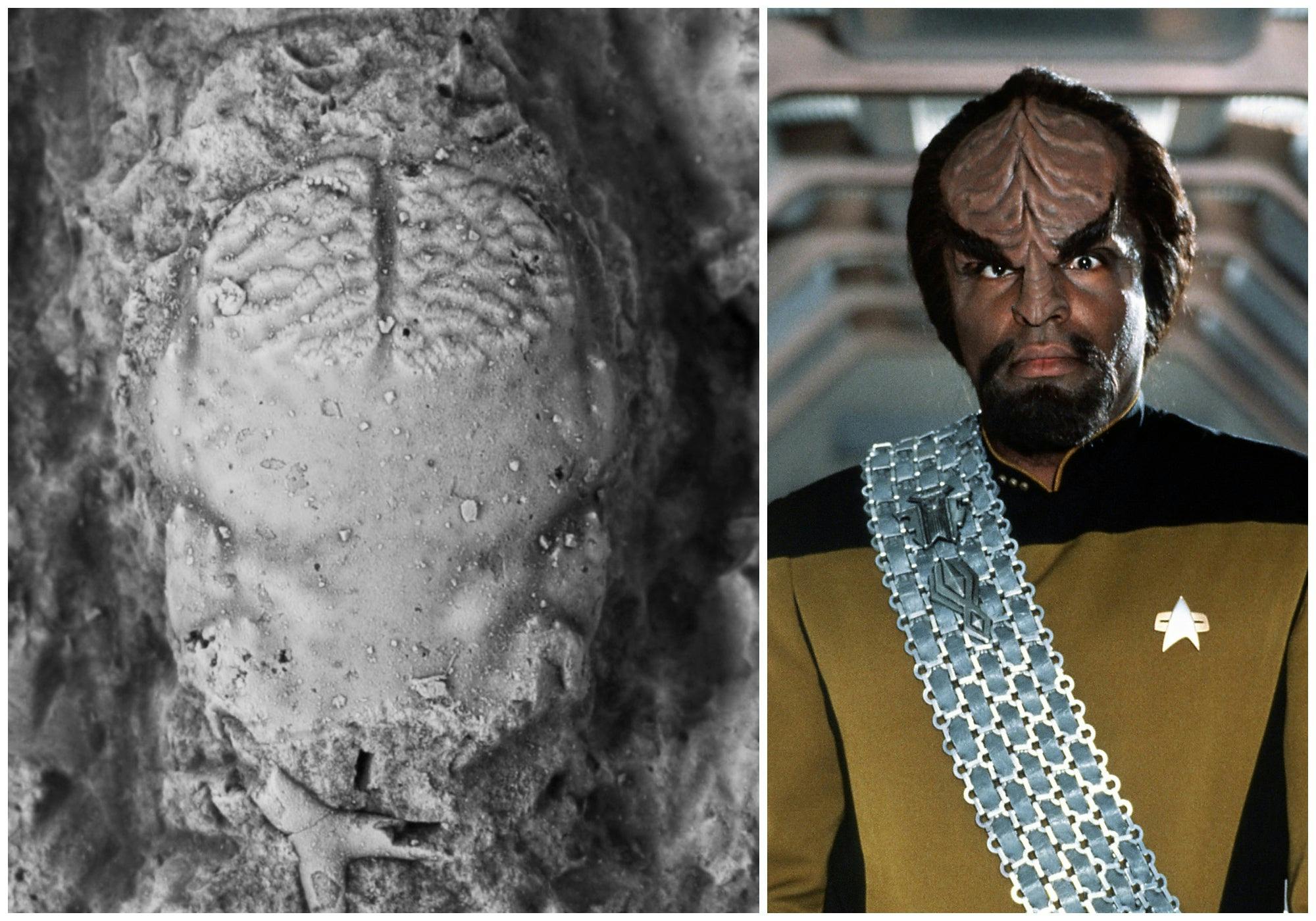
StarTrek.com
You get no Federation credits for guessing why this hermit crab fossil ended up being named after Lieutenant Worf (played by Michael Dorn). After noticing the “wrinkled ornament” on its front, Spanish paleontologist Dr. Fraaije couldn’t resist naming the mid-Cretaceous creature after everyone’s favorite Klingon (sorry, Duras).
Sadly, Worfi – a member of the Annuntidiogenes family – is now extinct, having lived 105.3 to 94.3 million years ago. But although gone, it’s certainly not forgotten, the crab now forever part of Star Trek history – and the House of Mogh.
Agra dax (named after Jadzia Dax)

StarTrek.com
Holding degrees in exoarchaeology, exobiology and zoology, we think Deep Space Nine’s Jadzia Dax would be proud to share a name with this ground beetle. Why? American entomologist Professor Terry Erwin – the so-called ‘beetle’ man who has written over 270 papers, books, and monographs on insects – has declared the Agra dax to be his favorite bug of all time. In fact, his car even sports a personalized license plate reading ‘AGRA DAX’.
Erwin – who named the species himself – says the beetle’s beauty mirrors that of Dax actress Terry Farrell. Although not exactly attractive by human standards – the bug is metallic green with black antennal segments – insect specialists worldwide regard it as one of the most striking beetles in the universe.
Conus tribblei (named after The Original Series’ Tribbles)
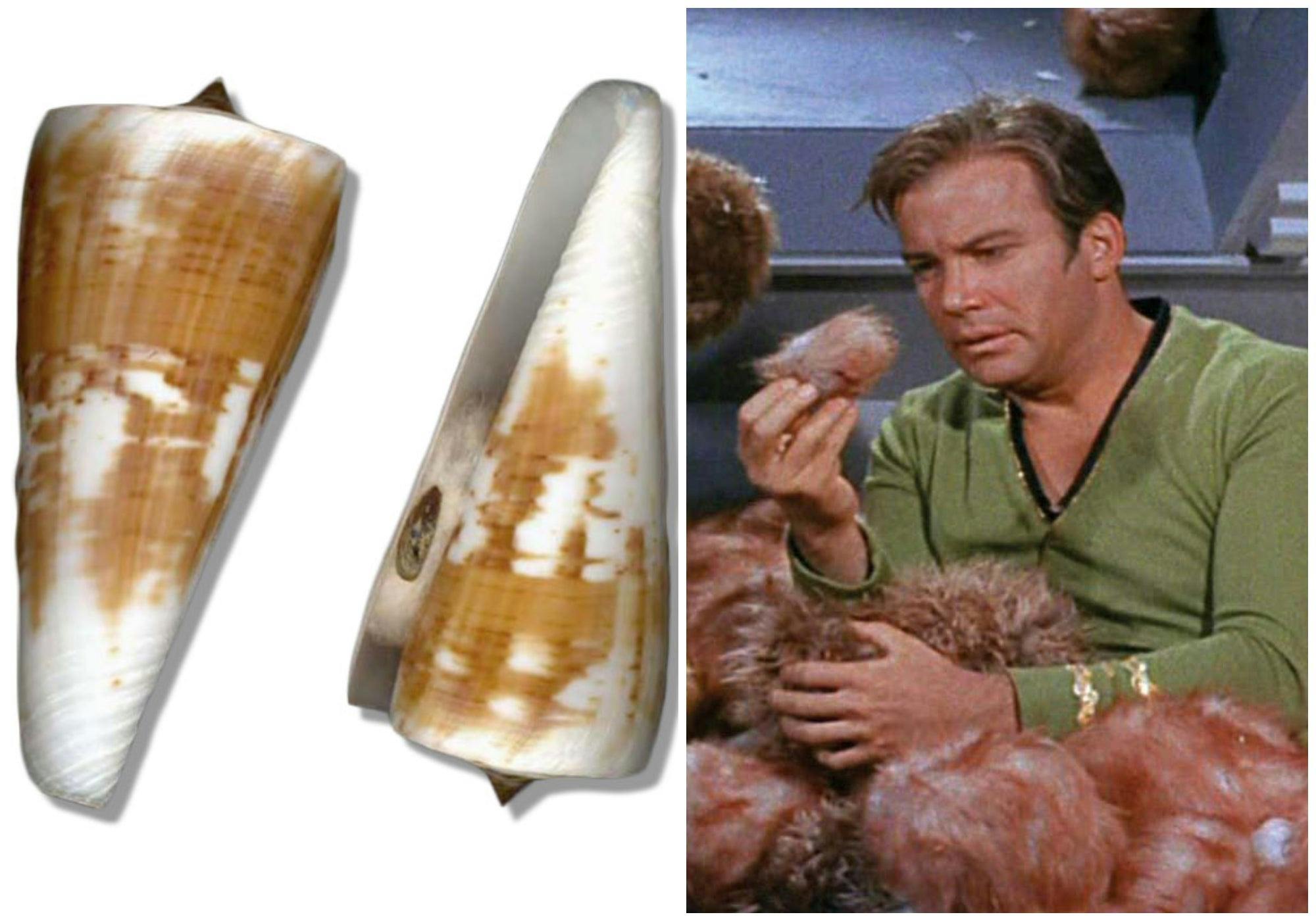
StarTrek.com
The real trouble with Conus tribblei: it’s venomous. And predatory – anyone handling these small sea snails are advised to take great care not to be stung by the Asian mollusks.
In fact, these shelled creatures are so dangerous you’re probably asking why they’re named after Tribbles, the adorable cuddly aliens that swarmed the U.S.S. Enterprise in the show’s original run. The answer lies with Dr. Jerry Walls, one of the researchers who first discovered the species in 1977. Following the tradition of scientists naming mollusks after their cats, Walls christened the snails after his fluffy feline Tribbles, called so after the hairy Star Trek aliens.
Once fully explained, it’s a name few Star Trek fans would find ‘tribble’ with.
The ‘Klingon Newt’
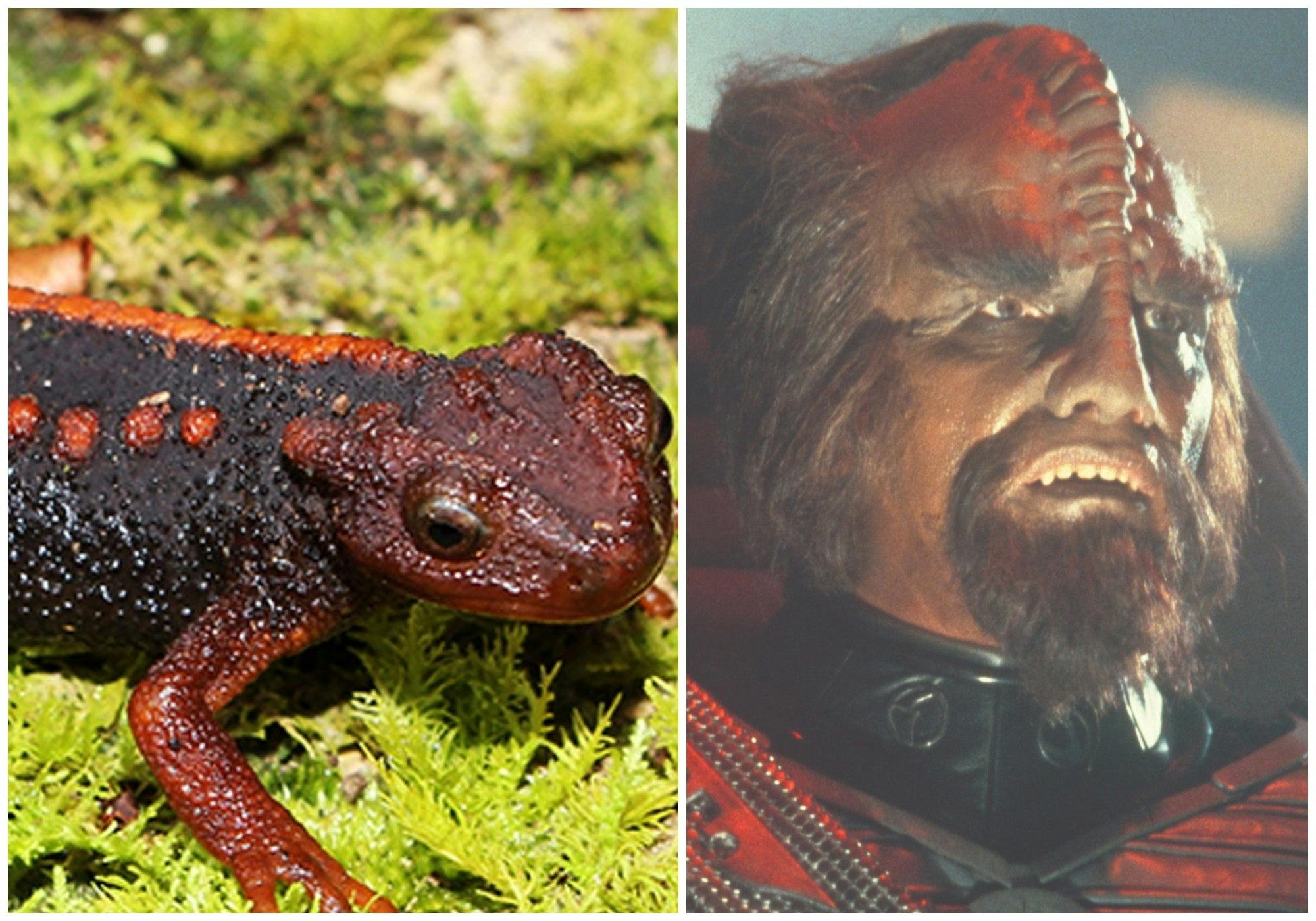
StarTrek.com
Although you’d want to avoid comparing a Klingon to a six-to-seven-centimeter-long newt to their face, the World Wildlife Fund named one such animal after the proud race of warriors in 2015. Discovered in Thailand in 2015, the Tylototriton anguliceps amphibian is distinguished by its ridged head, leading scientists to dub it the ‘Klingon Newt’.
But while resembling the most fearsome fighters in the Beta Quadrant, the new newts lack the numbers of the Klingon empire. These species are under real threat of extinction due to pesticide use and deforestation, according to their discoverer, Dr. Porrawee Pomchote. However, despite the challenges ahead, Pomchote is confident the species will live to fight another day, with numbers rising in national parks and wildlife sanctuaries.
Meenoplus roddenberryi (named after Gene Roddenberry)
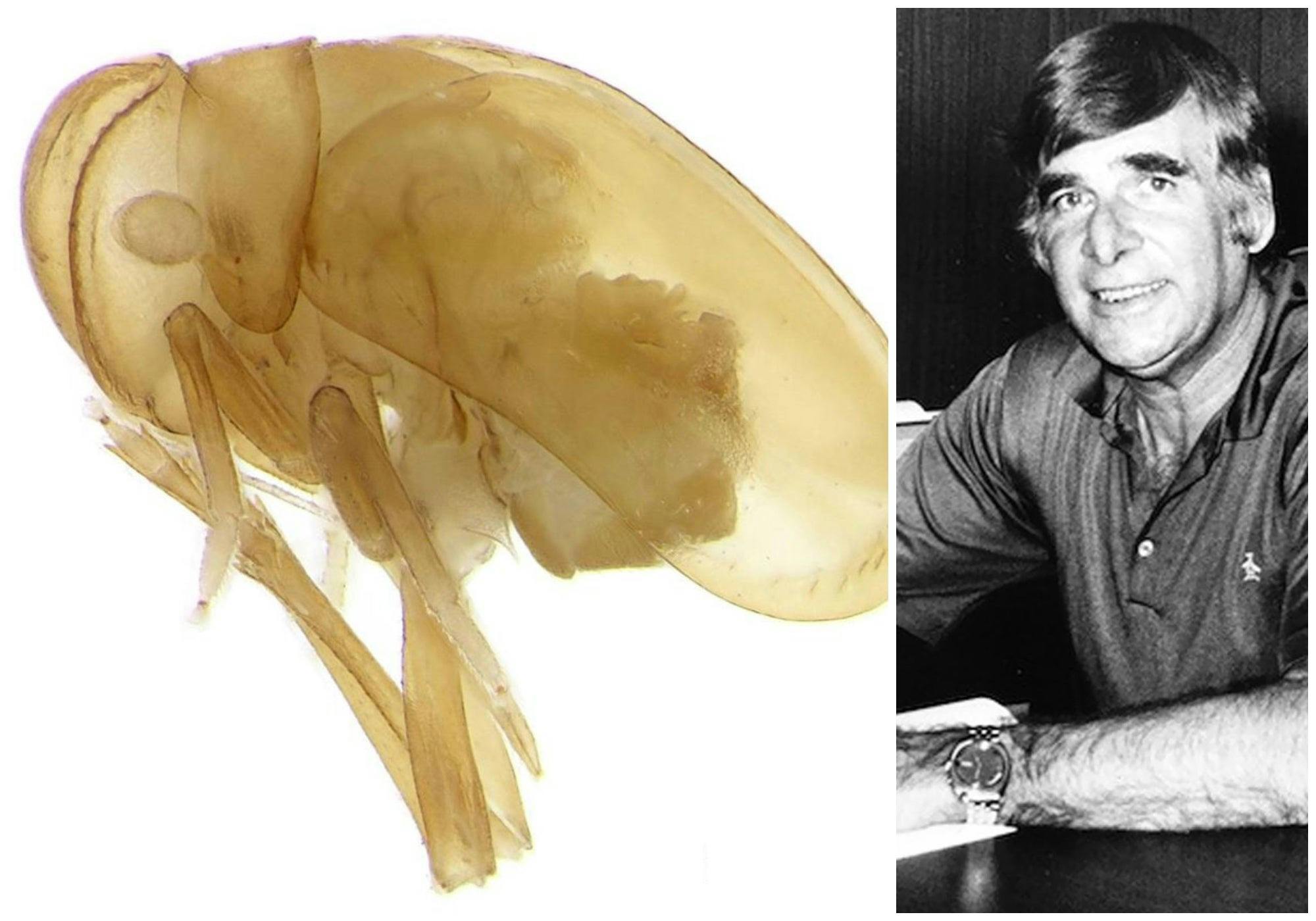
StarTrek.com
This creature hailing from the Canary Islands is named after, of course, Gene Roddenberry. But at first it might not be clear why: the tiny pale-brown cave-dwelling insect appears to have little in common with the visionary creator of the Star Trek franchise.
However, there is meaning behind the moniker. As the scientist who discovered the bug, Professor Hannelore Hoch from Germany’s Museum für Naturkunde, the Enterprise’s mission to explore strange new worlds, seek out new life and to boldly go where no man has gone before “applies as much to space as it does to biospeleology”.
In the paper outlining her discovery, Hoch adds: “Roddenberry was fascinated by the exploration of the unknown, and we are sure he would be delighted about the discovery of this new life form.”
So would we, Hoch. So would we.
Thomas Ling (he/him) is a senior writer for the UK’s Radio Times magazine. Thomas specializes in sci-fi features. You can find him on Twitter @ThomasaLing
